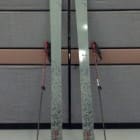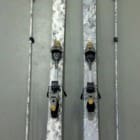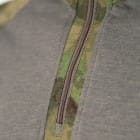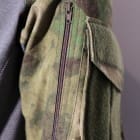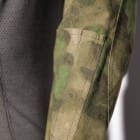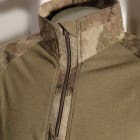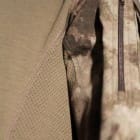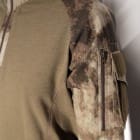LBX Tactical has introduced three products for Pre-order. The Lock & Load Chest Rig (seen below), Stealth Backpack, and Transporter Pack for gaming consoles.

The Lock & Load Chest Rig features the Honor Camo pattern developed for Project Honor and EA’s Medal of Honor Warfighter video game. This split-front rig has padded shoulder straps and incorporates four dual M4 magazine pouches w/ hook and loop flap closure, two pouches for night vision goggles/5590 batteries, flaps with hook & loop closure, removable elastic closure and two additional utility/fragmentation grenade pouches with webbing and side release closure for added security.
LBX is accepting Pre-orders now for 1 December shipment.
lbxtactical.com


